Pot roast is an affordable American comfort food classic that is both delectable and filling. This one-pot wonder is easy to prepare and can be made deliciously every time without any special equipment.
A warm and steaming dish of slowly braised, succulent beef, rich pan gravy and hearty root vegetabes satisfies our cravings for a mouthwatering, home-cooked meal.
Pot roast is a versatile dish and can be apdated to fit almost any flavor profile or cuisine. The classic pairing of slowly braised beef and root vegetables, such as carrots and potatoates, has been a Sunday dinner staple for generations!
When done properly, the technique of slowly braising transforms a naturally tough cut of meat into a tender, moist and delicious meal. Keep reading to find tips for perfecting your favorite pot roast recipe and ideas for sampling new pot roast flavors that your whole family will fall in love with.
Pot Roast Tips:
Selecting and Preparing the Beef for Roasting
Choosing the perfect cut of beef for your pot roast is easy when you ask the butcher for his recommendation. Ask him what cut of beef he likes to use when he prepares a pot roast for his family. He should be able to tell you what cuts of meat are available that day that are well-suited for pot roast.
If pot roast cuts of beef are on sale and you buy an extra cut, store it in the freezer. Wrap it tightly in plastic wrap and then aluminum foil. For extra protection, put your wrapped cut of beef in a plastic storage bag. When you are ready to enjoy a pot roast, thaw it completely and then cook according to your favorite recipe.
In general, pot roasts are made with cuts of beef from the arm or shoulder area. Look for beef that is a rich red color, without too much visible fat or marbling. It should not have a “chewed” look or appear to have been pricked multiple times with a fork.
You will need to dredge and sear your beef to prepare it for roasting. Marinating the cut of beef you have chosen will make it more tender. Dredge your cut of beef in flour that has been seasoned with herbs, salt, and pepper.
Use a Dutch oven with a tight fitting lid or a crockpot to prepare your roast. Sear your beef in 2-3 Tbsp of hot oil in a Dutch oven. As the beef is searing, season it on all sides with salt and pepper. Once the beef is fully seared, remove it from the pan and wipe out any excess oil. Return the beef to the pan and add enough water to go halfway up the sides of the beef to create a cooking liquid or follow your recipe instructions. Add bouillon, herbs, fruit juice, or wine to flavor the cooking liquid.
For a gluten-free pot roast, use instant potato flakes or a gluten-free flour for the pot roast dredge. Instant potato flakes will give your pot roast a thick gravy whereas gluten-free flour will give your gravy a slightly gummy texture.
Roasting
As you roast the beef, keep an eye on the amount of cooking liquid in the Dutch oven. The cooking liquid should stay at a simmer so that your roast will stay moist and juicy. Be sure to check the level of cooking liquid to be sure there is still enough. Add more liquid as necessary. Using a heavy-bottom pan, like a Dutch oven, should prevent your pot roast from burning. Do not crowd your pot roast in the pan. If you do, the meat will not be cooked properly.
When the Roasting Is Done
Once the pot roast is fully cooked, allow it to rest and cool slightly before slicing so that the juices can redistribute. Remove visible fat before serving your pot roast. Save the cooking liquid from your cooked roast to make a quick gravy.
If your pot roast needs to be pulled or shredded for the recipe you will be serving, use impeccably clean hands to pull it. This way you can be sure that all of the excess fat has been removed.
Pot Roast Sides
If you will be serving vegetables with your pot roast, cook them separately in meat broth or water with boullion. You could also roast them in the oven. To cook the vegetables in the Dutch oven with your roast, add them toward the end of the cooking time. Be careful not to overcook your vegetables. You do not want them to become mushy. If your vegetables do overcook, think about pureeing them and adding them to a vegetable mash or making them into a sauce or soup.
Think outside of the classic pot roast side of carrots, peas, onions, and potatoes. Try serving your roast with rice or a crisp green salad.
Using Up Every Last Bit
If you find yourself with leftover pot roast, the possibilities are endless for using it to create another meal. Any recipe you can use ground beef in, you can use shredded pot roast that has been created using a classic pot roast recipe. Try using shredded roast as an enchilada, chimichanga, or taco salad filling. Make a beef dip or sliced pot roast sandwich. Add shredded roast to a vegetable soup or stew.
Create a delicious pot roast sandwich by tossing a portion of warm, pulled beef with barbecue sauce, place it on top of a bun and top it with cheese and crispy fried onions.
Pot Roast Recipes
Traditional:
Skillet Pot Roast with Vegetables
Old Fashioned Pot Roast with Herb Dumplings
Non-Traditional Flavors:
Eastern Mediterranean Pot Roast
New England Cranberry Pot Roast
Crockpot Pot Roast:
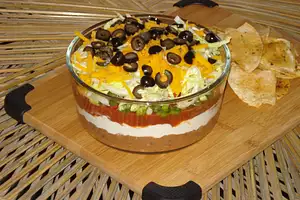
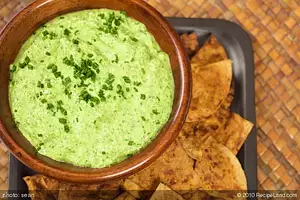
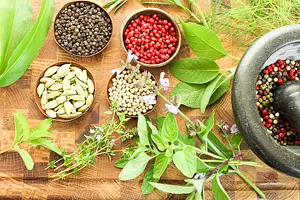
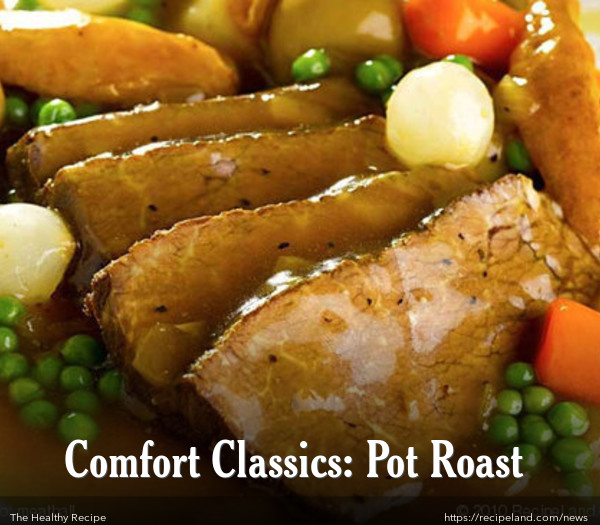


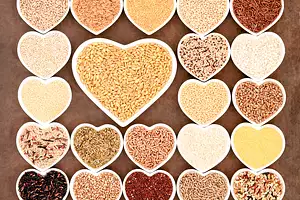

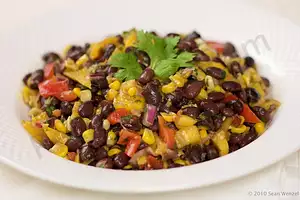

Comments